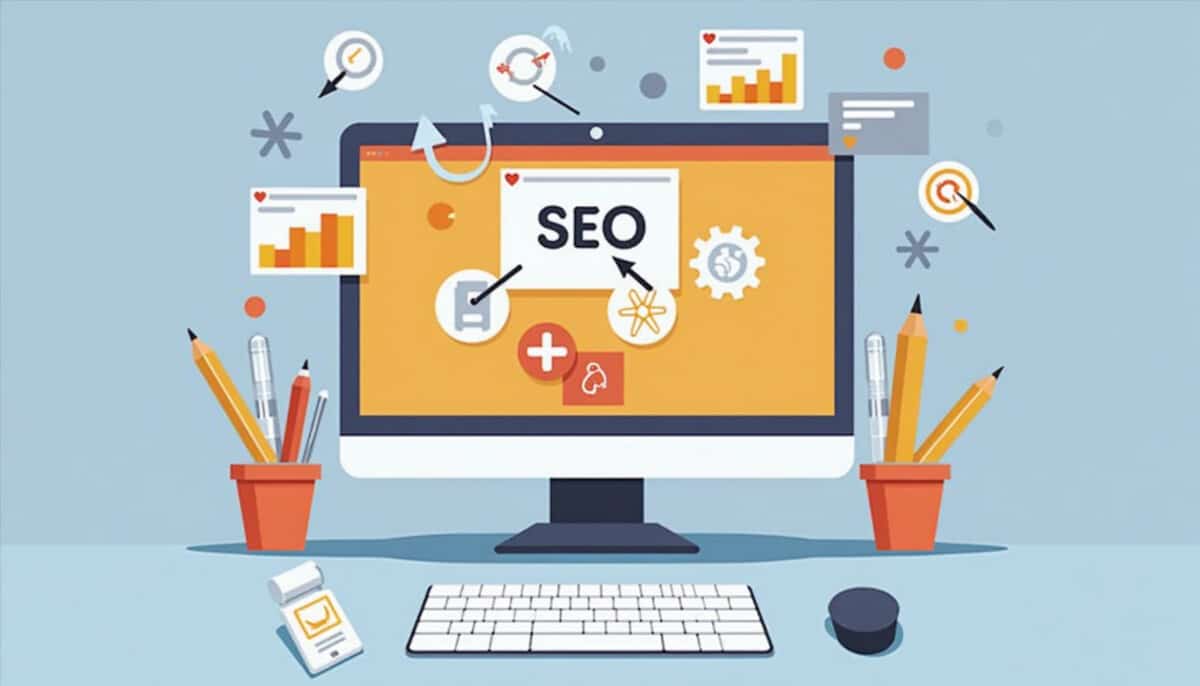It hit me the other day—after another round of stale rankings and traffic plateaus—that we’ve been chasing shadows. We tweak title tags, wrestle with backlinks, rinse, and repeat. Yet somehow, the needle barely moves.
Then I came across a conversation with Bill Hunt, a true veteran who’s been in the trenches for over 25 years, building digital empires and now consulting for brands hungry for shareholder growth. His perspective? SEO isn’t broken; we’re just lost in the weeds.
From Surface-Level Tactics to Strategic Vision
Bill’s journey reads like a playbook for digital pioneers. He built two major search agencies (one later acquired by Ogilvy), worked with multinationals you’ve definitely heard of, and today focuses on weaving search visibility into the very fabric of user experience and business value. No more shallow tweaks—think of it as top-down enterprise SEO, where every optimization decision traces back to what real people actually want online.
“SEOs are creatures of habit. To succeed now, we need to unlearn and relearn how discovery actually works.”
He isn’t sugarcoating it: we’ve become too comfortable. We follow the same old routines—keyword lists, tedious site audits—and wonder why growth stalls. It’s like blaming the camels when the oasis is the wrong mirage.
Three Big Missteps Today
Bill calls them the triple killers:
- Paralysis
Clients stick organic search on ice because they’re uncertain. Budgets freeze. Teams twiddle their thumbs. - AI Hype Overload
Every dawn brings a new acronym. LLM this, index that—who can keep up? We chase buzzwords instead of outcomes. - Neglecting Fundamentals
In the scramble for the Next Big Thing, basic UX, site structure, and content clarity fall off the radar.
It’s a familiar story: like watching everyone chase TikTok dances while your grandma’s blog gathers cobwebs. Yet those pillars—the things you thought you mastered—are still what Google, and more importantly your users, reward.
The Three Fundamental Shifts
Bill distills today’s seismic changes into three core ideas:
- Intent understanding has evolved
- Friction must be removed
- Monetization leads the way
Let’s unpack each.
- Intent Understanding Has Evolved
People don’t just type words; they’re narrating their needs. A small business owner in Austin might search for “how to hire my first graphic designer,” not just “marketing agency.” Are we catering to that context? Are we deciphering the subtext or still counting on old keyword match types? - Friction Must Be Removed
Platforms prize the path of least resistance. If your site loads like molasses—or hides crucial info behind endless menus—users bounce. And guess what? Google notices. - Monetization Is Non-Negotiable
It isn’t enough to be helpful; you must be profitable. Brands that fail to tie SEO KPIs to revenue goals are building castles in the sand.
Lessons from Absolut Vodka
Picture this: Bill’s team, Absolut Vodka’s drink recipe portal, and a mountain of analytics. Every month they’d huddle, scan Google’s evolving interface, and ask, “If we were Google, what would we tweak around ‘yellow cocktails’ or ‘low-calorie martinis’?”
Then came the pivot: instead of burying images in text, they made the drink front and center—big, vibrant, click-inducing visuals. Millions of visits later, they weren’t just optimizing for rankings; they were grooving to Google’s own UX dance.
That’s the level of granular observation we need. If a Florida’s leading travel company wants to capture “best sunset spots in Key West,” they’d better mirror the scenic drives Google highlights, not just stuff a keywords list into a generic blog.
Why Originality Alone Won’t Cut It
Here’s a curveball: in AI-driven search, consensus trumps creativity. Bill puts it bluntly: “AI tools reward consensus, not originality.” If your content is wildly novel but doesn’t anchor back to familiar terms, LLMs will sweep past you.
So how do you teach machines to notice your genius idea for, say, a reinvented chili recipe? You link it back: compare your method to the classic slow-cook approach, highlight the benefits, and use language your audience already knows (“slow-cook,” “chili powder,” “Texan comfort food”).
Is Your Product Even Discoverable?
Traditional keyword research is like fishing in the same old pond. But what about customers who don’t know your solution exists? They’ll search symptoms:
- “Stubborn stain on heirloom quilt”—not “antique restoration service from Philadelphia”
- “Sleep interrupted by street noise”—not “soundproof windows shop Rabat”
Bill’s advice is deceptively simple: run searches for the problems your product solves. If you don’t appear, ask “Why not?” Then build the answer and make sure AI tools, from Google to ChatGPT, can find it.
This kind of query-path analysis reveals gaps no standard keyword tool ever will. It’s like discovering an uncharted fishing spot just when the school of tuna arrives.
Pulling It All Together
We’ve tangled ourselves in paralysis, AI distractions, and demands for the shiny new. Bill’s roadmap? Relearn how discovery works, recenter on user-driven intent, remove barriers, link innovation back to consensus—and always tie your efforts to business outcomes.
It’s messy. It’s unpredictable. And, honestly, that’s exactly where the magic happens.
What’s your biggest SEO blind spot right now? Drop your thoughts below and let’s hash it out. Follow us on Facebook, X (Twitter), or LinkedIn for more no-nonsense insights—and hey, if you’ve got a wild new SEO theory, I’d love to hear it.
Let’s shake up this field together.
Sources:
- www.playwire.com/blog/an-introduction-to-the-interplay-between-seo-and-ad-revenue-generation
- www.searchenginejournal.com/industry-pioneer-reveals-why-seo-isnt-working-what-to-refocus-on/552235/



Unlock Explosive Growth: How PPC Advertising Supercharges Your SEO Strategy
A Complete Guide to the Ultimate SEO PowerSuite